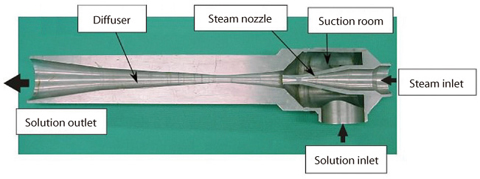
Fig.8-5 The configuration of a steam jet (SJ)
Fig.8-6 Defect and temperatures evaluation of a steam jet (SJ)
A corrosion accident occurred in the steam jet (SJ) during acid recovery processing at the Tokai reprocessing plant. About 400 SJ are used to transfer solution in cells where radiation doses are relatively high in the plant (Fig.8-5). Such a corrosion event in an SJ had never occurred in the 30 years of the plant's operation, so we investigated it from many aspects and determined the cause.
First of all, we retrieved the SJ from the cell and observed the inside by a high precision CCD camera and X-rays. As a result, it was revealed that corrosion had created cavities inside of the structure which extended to the outside surface (Fig.8-6).
Next, we made the following investigations to ascertain why such a failure occurred.
(1) Observation of constitution by a scanning electron microscope (SEM) and componential analysis by an X-ray micro analyzer (EPMA).
(2) Analysis of the temperature distribution of the structure and verification by experiment using a mock-up system.
(3) Investigation of the correlation between the processing direction of the structure and corrosion progress by corrosion test.
Consequently, it was revealed that the corrosion defect started with pin holes at the steam nozzle base connecting with the inlet portion, at the surface where nitric acid fluid had been in contact, and the defect progressed from the nozzle base along the 120°C isotherm.
Moreover, we proved the following points regarding improvement of SJ design.
(1) R-SUS30 4 ULC-SA material has high corrosion resistance, so it is effective as the material for an SJ which is used for a long time.
(2) Smoothing the surfaces at the nozzle base which is the starting point of corrosion makes fluid flow smooth and lessens the temperature rise.